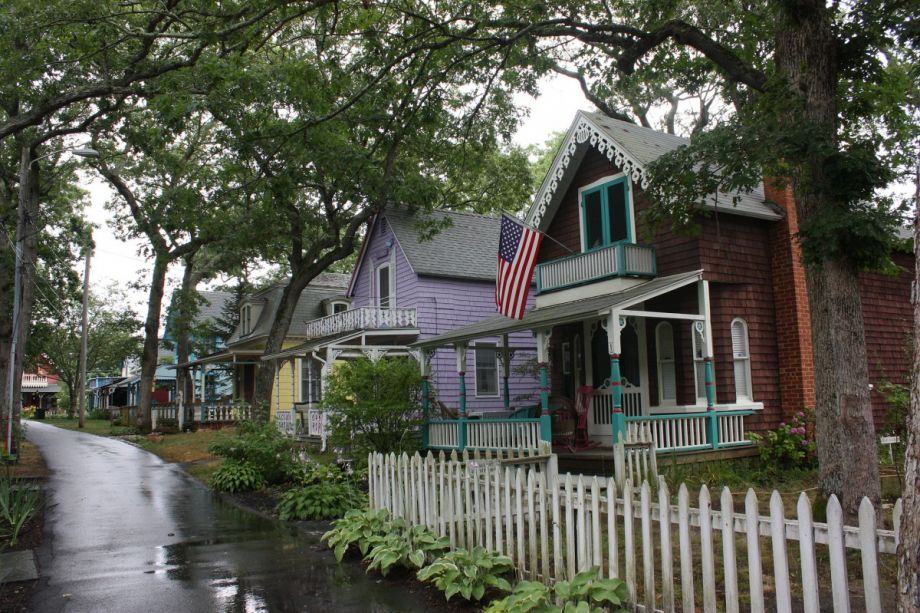An obvious truth about preservation is that no option for saving historic buildings hits every mark. In an age of rising sea levels and increasingly frequent extreme weather, this uncomfortable reality is especially important to remember; how do we protect historic structures from flooding without destroying the things we love most about their old bones?
Some preservationists wince at the unattractive cement blocks used to elevate an otherwise stunning structure. Others take issue with high-tech siding that stand up to weather but not without adding a contemporary edge to a historic facade.
Even with smart retrofits, as panelist Mary Delaney Krugman at Forum 2014 pointed out, adaptations can’t maintain the whole cloth of a historic fabric. A preservation consultant, Delaney Krugman worked on rehabilitation projects after Hurricanes Rita and Katrina in South Louisiana — “it was a double-event,” she reminded Forum 2014 attendees. After seeing the toll the storms took on Louisiana’s coastal homes, Delaney Krugman returned to her own Ocean City, NJ, domicile and begin thinking about retrofits for the quaint, 19th century camp meeting cottage.
Her yellow home dates back to an era when religious revivals were held on the Jersey shore. Followers would descend on the region and live in tents for the duration of the revival camp. As families returned to the camp settlements year after year, the tents transitioned into small cottages known as campground or gingerbread cottages. With the imprint of water-logged Louisiana shotguns in her mind, Delany Krugman built an elevated addition on her cottage and placed all appliances inside of it. Then came Irene and Sandy. “There’s nothing worse than smelling floodwater, I have to tell you. The whole neighborhood was out there with masks,” said Delaney Krugman. “Between every single layer [in the walls], there was mold”
The decision to build the addition proved felicitous — all of her appliances stayed dry.
The cottage didn’t fare as well, taking 18 inches of floodwater when Superstorm Sandy hit, she said. The renovations were considerable: new concrete was poured into the floors, moisture resistant greenwood installed into the walls, even the furnishings were replaced with lighter, more mobile pieces. This approach veered from the traditional dry methods that make parts of a structure watertight, and are grant-fundable under FEMA regulation. Labeled “wet-floodproofing” for relying on materials that are resistant to water, but don’t stop it from flowing inside, the preservationist’s approach represents a new way of thinking about adapting structures to withstand water. Today, the mitigation strategy isn’t eligible for grants from FEMA. That, however, will likely change in the next three years, said FEMA planner Molly Kaput. This news, while positive, does raise the question: how many historic properties need retrofits that, even with the credits, may be financially out of reach?

Cassie Owens is a regular contributor to Next City. Her writing has also appeared at CNN.com, Philadelphia City Paper and other publications.
Follow Cassie .(JavaScript must be enabled to view this email address)








